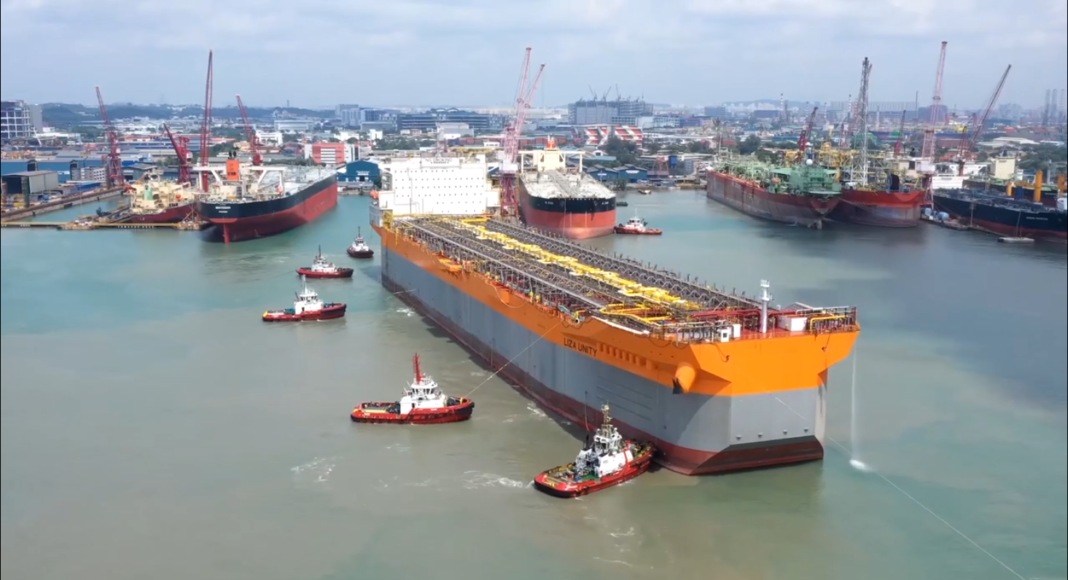The pandemic-driven downturn in the oil and gas industry is threatening the global floater fleet which could see up to a quarter of the installations being scrapped, even as orders for new oil producer Guyana is set to grow.
Rystad Energy said in a new report on Monday that the new round of scrapping is due to restructuring in the already-stretched offshore drilling market, which is set to accelerate.
An evaluation of active rigs in the global floater fleet reveals that up to 59 of the 213 units are potential candidates for retirement. This equates to one quarter of the floater segment, or 22 drillships and 37 semisubs.
According to Rystad Energy, global demand for floaters had just started to recover before the pandemic and is now expected to remain under pressure until 2022. “Demand is expected to fall from 129 rig years in 2019 to 110 rig years in 2020 and 103 rig years in 2021, before slowly inching back up to 117 rig years in 2022 and 122 rig years in 2023.”
In Guyana, ExxonMobil is projected to expend around US$50 billion in project sanctioning over the next 10 years for its offshore development activities which could see an average of one FPSO being added each year this decade.
The estimated recoverable resources at Stabroek Block currently exceed 8 billion barrels of oil equivalent and this is expected to further increase, particularly with the recent detection of additional deposits at the Yellowtail-2 well area and ongoing exploration activities.
“We believe that ExxonMobil and its partners could commit at least one new FPSO unit each year for the next ten years to Guyana. So, we also estimate that more than 1.2 million barrels a day of production could be sanctioned by 2025,” Schreiner Parker, Rystad Energy’s Vice President for Latin America and the Caribbean, told OilNOW.
Meanwhile, Rystad Energy said 25 newbuild floaters are planned for delivery across the globe towards 2023.
“Naturally, weak demand is going to keep utilization at low levels unless we see a meaningful increase in the price of oil,” Rystad Energy said, noting that it has created three scenarios, annualizing supply and demand in rig years, which show the range of the expected utilization levels based on rig attrition and newbuild deliveries.
Utilization began plummeting in 2016 and has hovered between 45% and 55% since, with 2020 levels expected to stand at 50%. Utilization could reach 77% in 2023 if all 59 floaters identified by Rystad Energy are retired and no newbuild delivered. Utilization will decline with each newbuild floater delivery, down to 69% if all these units make it out of the shipyard.
The Liza Unity FPSO targeting Guyana’s second offshore development is currently under construction at the Keppel Shipyard in Singapore and the recently sanctioned Payara development will see another floater – Prosperity – being completed in time for delivery by 2024. These floaters, being built under contract with SBM Offshore, will join the Liza Destiny FPSO, already producing oil in Guyana.
ExxonMobil said it is evaluating additional development opportunities in the Stabroek Block, including the Redtail, Yellowtail, Mako and Uaru resources.
“We continue to prioritize high-potential prospects in close proximity to discoveries and maximize value for our partners, which includes the people of Guyana,” Liam Mallon, President of ExxonMobil Upstream Oil & Gas Company said in September.
The company has made a record 18 discoveries since 2015 in Guyana and intends to add another drillship by the end of this year, as exploration and development activities offshore the South American country ramp up.



